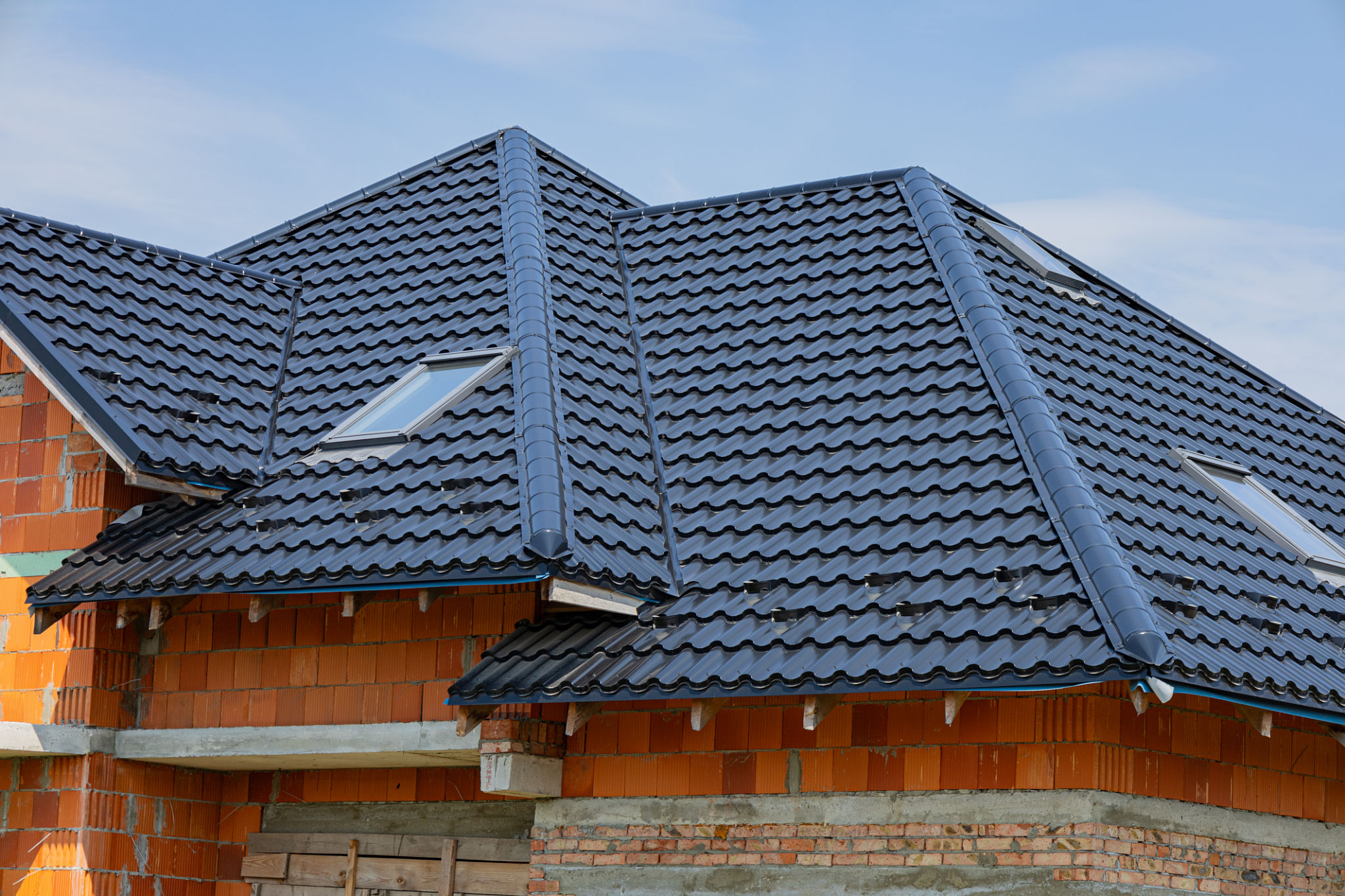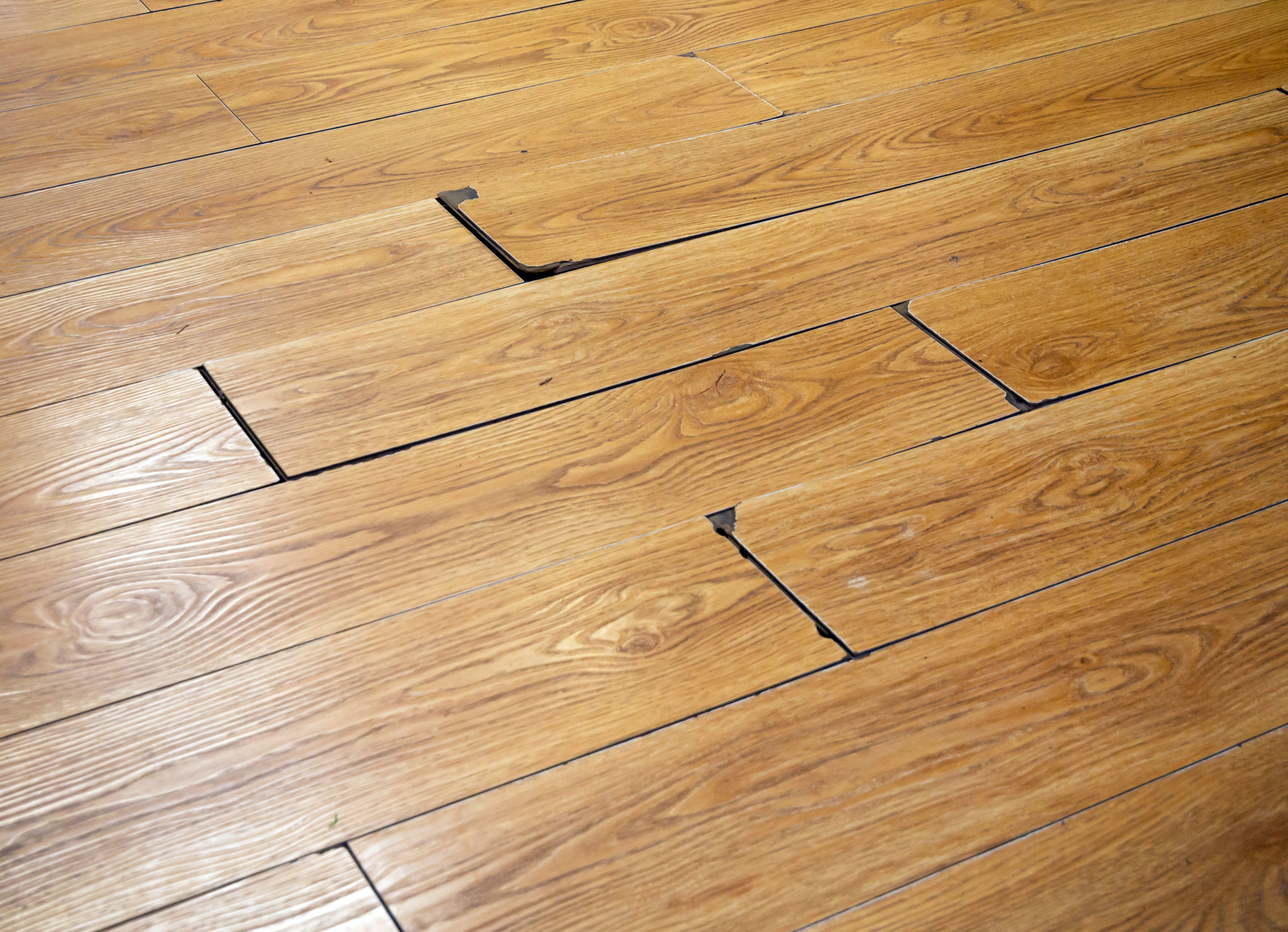Expert Tips for DIY Flooring Installation: What You Need to Know
Preparation is Key
Before diving into your DIY flooring project, it's crucial to prepare thoroughly. Start by assessing the room where you'll be installing the floor. Measure the space accurately to ensure you purchase the right amount of materials. This step will help you avoid unnecessary trips to the hardware store and keep your project on track.
Additionally, gather all the necessary tools and materials in advance. Common tools you'll need include a tape measure, utility knife, saw, and a rubber mallet. Depending on the type of flooring, you might also need adhesive or underlayment. Having everything ready will make the installation process smoother and more efficient.

Choosing the Right Flooring Material
Selecting the appropriate flooring material is essential for the success of your project. Consider factors like durability, maintenance, and appearance. Popular choices include hardwood, laminate, vinyl, and tile, each with its own set of benefits.
For instance, hardwood flooring offers a classic look and long-lasting durability but may require more maintenance. On the other hand, vinyl is budget-friendly and easy to install, making it a great option for DIY enthusiasts. Think about the specific needs of your space before making a decision.
Preparing the Subfloor
Ensuring that your subfloor is ready is another crucial step in the installation process. A clean, dry, and level subfloor provides a stable foundation for your new flooring. Begin by inspecting the subfloor for any damage or uneven areas. Repair any issues before proceeding with the installation.
If you're working with concrete subfloors, make sure they are completely dry to prevent moisture-related problems down the line. For wooden subfloors, check for any loose boards or nails that need securing. This attention to detail can significantly impact the longevity and appearance of your flooring.

Installing Your Flooring
Once you've prepared your space and chosen your materials, it's time to start installing your flooring. Follow the manufacturer's instructions closely, as different types of flooring have unique installation methods. Pay attention to details like expansion gaps for wood flooring or alignment for tiles.
For many flooring types, starting from one corner of the room and working your way outwards is recommended. This approach ensures a consistent look and helps you manage any necessary adjustments as you go. Take your time to ensure each piece is securely placed and properly aligned.
Finishing Touches
After installing your flooring, don't forget about the finishing touches. Trim or baseboards can be added to cover any gaps between the walls and floor, providing a polished look. These elements not only enhance aesthetics but also protect the edges of your new floor.
Cleaning up after installation is also important. Remove any debris or dust that may have accumulated during the process. Use appropriate cleaning products to give your new floor a fresh appearance and ensure it's ready for use.

Maintenance Tips
To keep your new floor looking its best, regular maintenance is essential. Different materials require different care routines. For example, wooden floors benefit from periodic polishing, while tiles may need regular grout cleaning.
Avoid using harsh chemicals or abrasive tools that could damage your floor's surface. Instead, opt for gentle cleaning solutions and soft cloths or mops. Regularly check for any signs of wear or damage and address them promptly to prolong the life of your flooring.
Common Mistakes to Avoid
Learning from common DIY flooring mistakes can save you time and frustration. One frequent error is neglecting to acclimate materials before installation. Allowing flooring materials to adjust to room temperature and humidity can prevent warping or buckling.
Another mistake is failing to account for expansion gaps, which can lead to pressing against walls and causing damage over time. Always follow the manufacturer's guidelines regarding spacing requirements to ensure a successful installation.

Seeking Professional Help
If at any point you feel overwhelmed or uncertain about your DIY flooring project, don't hesitate to seek professional assistance. Flooring experts can offer valuable guidance or even complete challenging aspects of the installation process for you.
Hiring a professional doesn't mean you've failed; it simply ensures that your flooring is installed correctly and efficiently. In some cases, a hybrid approach where professionals handle more complex tasks while you tackle simpler ones can be an effective strategy.